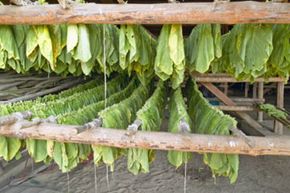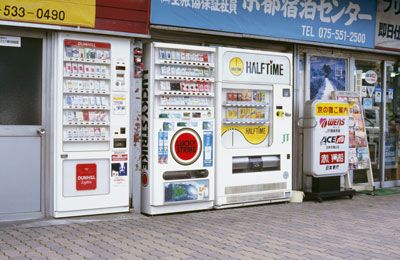The Swedish are at it again. First there was Volvo. Then came IKEA. Now the world can get ready for the next major Swedish export: snus. In spite of its cuddly sounding name, snus (it rhymes with loose) isn't a character on Sesame Street. It's a smokeless tobacco product, similar to dip or chew. Though it's only appeared in American stores in the last couple of years, snus has been popular in Sweden since the middle of the 19th century. Today, more men use snus in Sweden than smoke cigarettes [source: Foulds et al.]
Smokeless tobacco comes in two primary forms: chew and snuff. Any American baseball fan can tell you about chewing tobacco -- long leaves of cut tobacco that release nicotine on mastication and have been shown to cause cancers of the mouth and stomach. Snuff can be inhaled, and was common among aristocracy in 18th and 19th century Europe, or it can be consumed orally, as is the case with dipping tobacco and snus. A snus user packs the tobacco into his or her upper lip to get a nicotine buzz on par with that of a cigarette. Unlike dip, you swallow the byproduct rather than spit it out.
Advertisement
In recent years, American tobacco companies have promoted smokeless tobacco products like snus. Altria (formerly Philip Morris), the manufacturer of Marlboro products, spent more than $10 billion in 2008 to acquire the popular smokeless brands Skoal and Copenhagen. The company didn't stop there. Both Altria and its primary competitor R.J. Reynolds (which produces Camel cigarettes) have recently introduced snus lines.
A wealth of research from Sweden shows that snus users are at far less of a risk of cancer than smokers and people who use dip and chew [source: Foulds et al.]. Some experts even argue that snus can help people quit smoking. But like any tobacco product, it isn't without its health risks.
Since 1992, the sale of snus has been banned throughout the European Union, with the exception of Sweden. (In contrast, the sale of cigarettes has remained legal throughout Europe.) Snus is so popular in the Scandinavian country that lawmakers there threatened to boycott the EU unless their favorite tobacco product remained legal.
This article looks at snus, the unofficial nicotine of Sweden, and why both American tobacco manufacturers and public health experts are so enamored of it.
Advertisement




